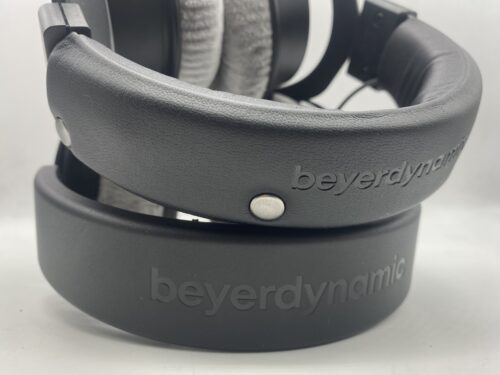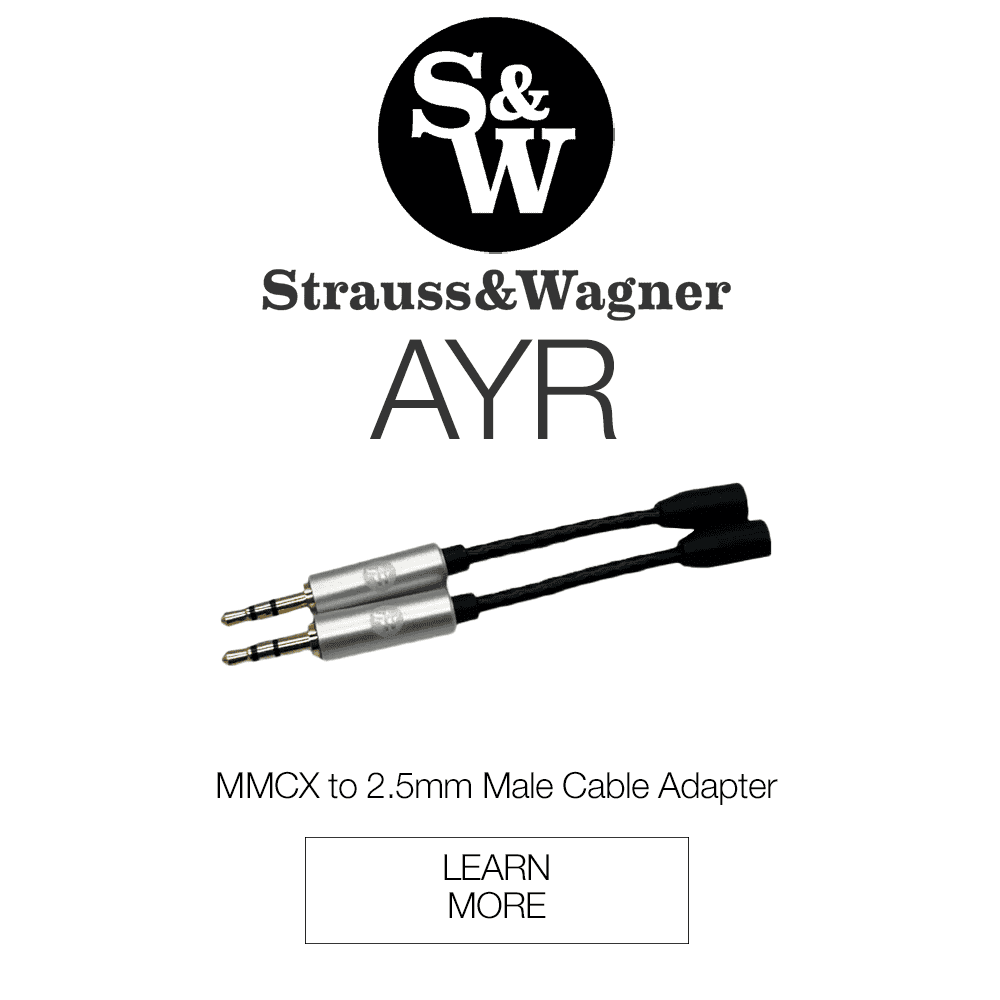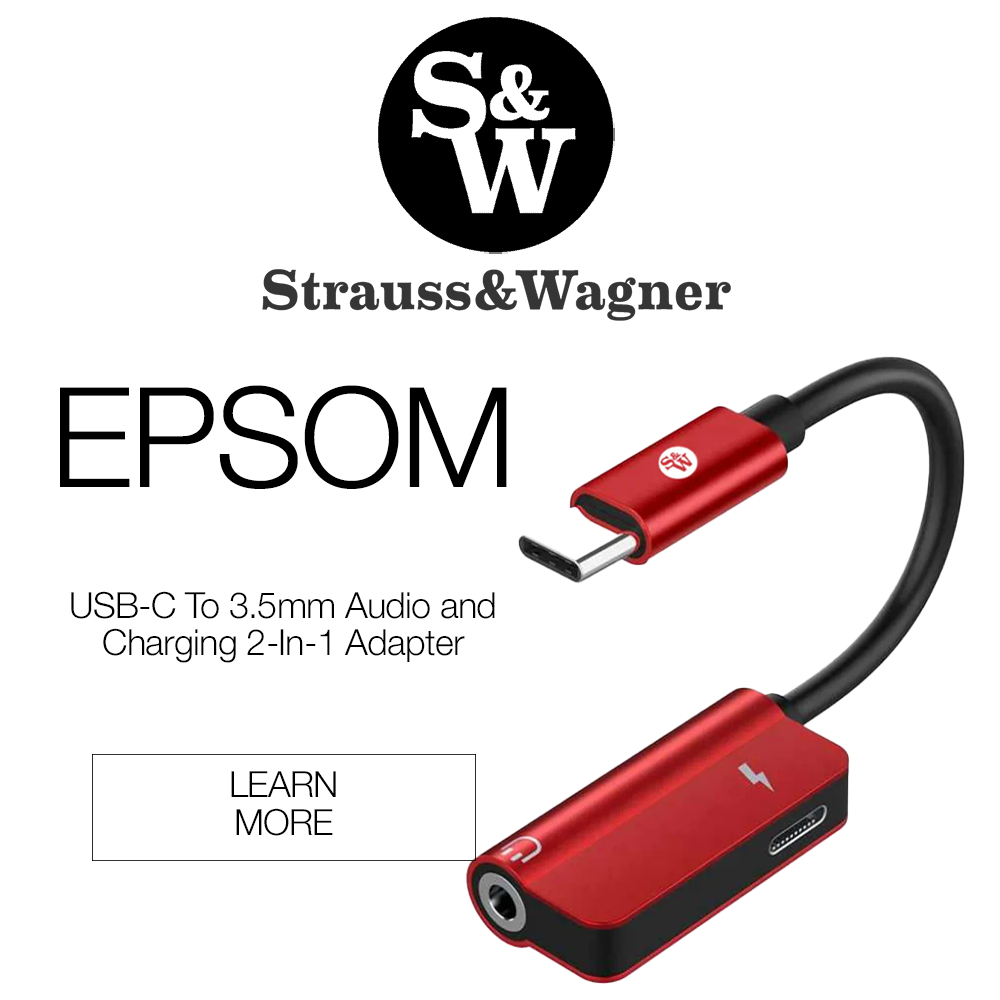Beyerdynamic is no stranger to the professional audio world, and with their expanding lineup, it’s getting harder to choose between their offerings. Two of their most compelling closed-back studio headphones, the DT 770 Pro X and the DT 700 Pro X, both aim for accuracy, comfort, and long-lasting reliability, but they cater to slightly different users. Whether you’re tracking, mixing, or just need a great set of headphones for detailed listening, this comparison breaks down the differences so you can decide which one belongs on your head.
What You Get
| DT 770 Pro X | DT 700 Pro X |
|
|
Look & Feel
While both headphones share the iconic Beyerdynamic aesthetic. Matte black finish, plush velour earpads, and a spring steel headband, the DT 770 Pro X has a slightly more retro look that harks back to the original DT 770. The DT 700 Pro X, however, feels more modernized and purposeful, sporting a sleeker chassis with a more uniform contour. Both headphones are built like tanks, with robust German engineering at their core. They offer an excellent clamping force without discomfort, and their velour pads are among the best in the business for long sessions. I prefer wearing the DT 700 Pro X as it’s enclosed with a denser ear cup, providing superior passive noise isolation.
Design
The Beyerdynamic DT 770 Pro X and 700 Pro X both use the same STELLAR.45 dynamic drivers that the manufacturer uses for all of their new headphones. These transducers have a lot of beneficial tuning properties, but what differentiates these from other Beyerdynamic headphones is that they both have lower impedances than past models. The DT 770 always had multiple Ohm versions, but both the new 770 and 700 Pro X now have 48 Ohms as their standard impedance for the STELLAR.45 transducers. This makes both headphones relatively easy to drive from most devices, whether that be an audio interface, headphone DAC/Amp, or standard built-in headphone jack.
Soundstage
As closed-back studio headphones, the Beyerdynamic DT 770 and DT 700 Pro X accomplish what they need to un order to reproduce accurate spatial imaging. Neither are exceptionally wide, but instrument positioning is strict and highly individualized throughout the mix. Both have their quirks though, offering up different levels of headspace to localize sound. In terms of the DT 770 Pro X specifically, the soundstage is a tad wider than the 700 Pro X. I found tracking different sounds around my head was a bit more open and layered. Identifying specific mix elements were more revealing in my A/B testing. In comparison, the DT 700 Pro X is slightly more intimate, with more laser focused precision that feels more controlled than the DT 770 Pro X. I preferred this soundstage for more close-up work like vocal work and analysis.
Low End
While both headphones provide a clear and detailed look into the bass frequencies, they have different textures that you might find more amusing. The bass is rich and present listening to the DT 770 Pro X, and it results in a response that heightens its musicality compared to the DT 700 Pro X. It’s slightly elevated, which can be helpful for beatmakers or casual listening. If you’re looking for something flatter, you’ll prefer the DT 700 Pro X. There’s more of a focus on control and accuracy, and while it might not provide as much substantial impact, it relishes in its definition.
Mids
The midrange is a very key group of frequencies for studio headphones. From testing both headphones, I think the DT 700 Pro X comes through as the stronger candidate. It’s response is linear, but the mids are more transparent than the DT 770 Pro X. Vocals comes off much more clearly, whereas the 770 Pro X shows them as more relaxed. Denser mixes are more articulate with the DT 700 Pro X, which makes mixing with your headphones a lot more viable than on the DT 770 Pro X.
Highs
Beyerdynamic headphones tend to fall into bright territory, but the DT 770 Pro X and DT 700 Pro X still differ in tonality. If you’re looking for maximum extension and don’t mind brightness, the DT 700 Pro will be your pick. However, if you like a smoother timbre then the DT 770 Pro has more rolled-off frequencies that you might find more satisfying to listen to.
Summary
If you want a fun, musical headphone that still sounds professional and feels amazing on your head, the DT 770 Pro X is a fantastic choice. It blends studio reliability with an accessible, enjoyable sound signature. If you need a precise, accurate tool for critical work like mixing or vocal editing, the DT 700 Pro X delivers a flatter, more analytical soundstage that’s better suited for reference listening.
The Beyerdynamic DT 770 Pro X and DT 700 Pro X are available at Audio46 and Audio46 Express.
Compare the ranking of various headphones, earbuds and in-ear monitors using our tools.
Discuss this, and much more, over on our forum.
---MAJORHIFI may receive commissions from retail offers.


















